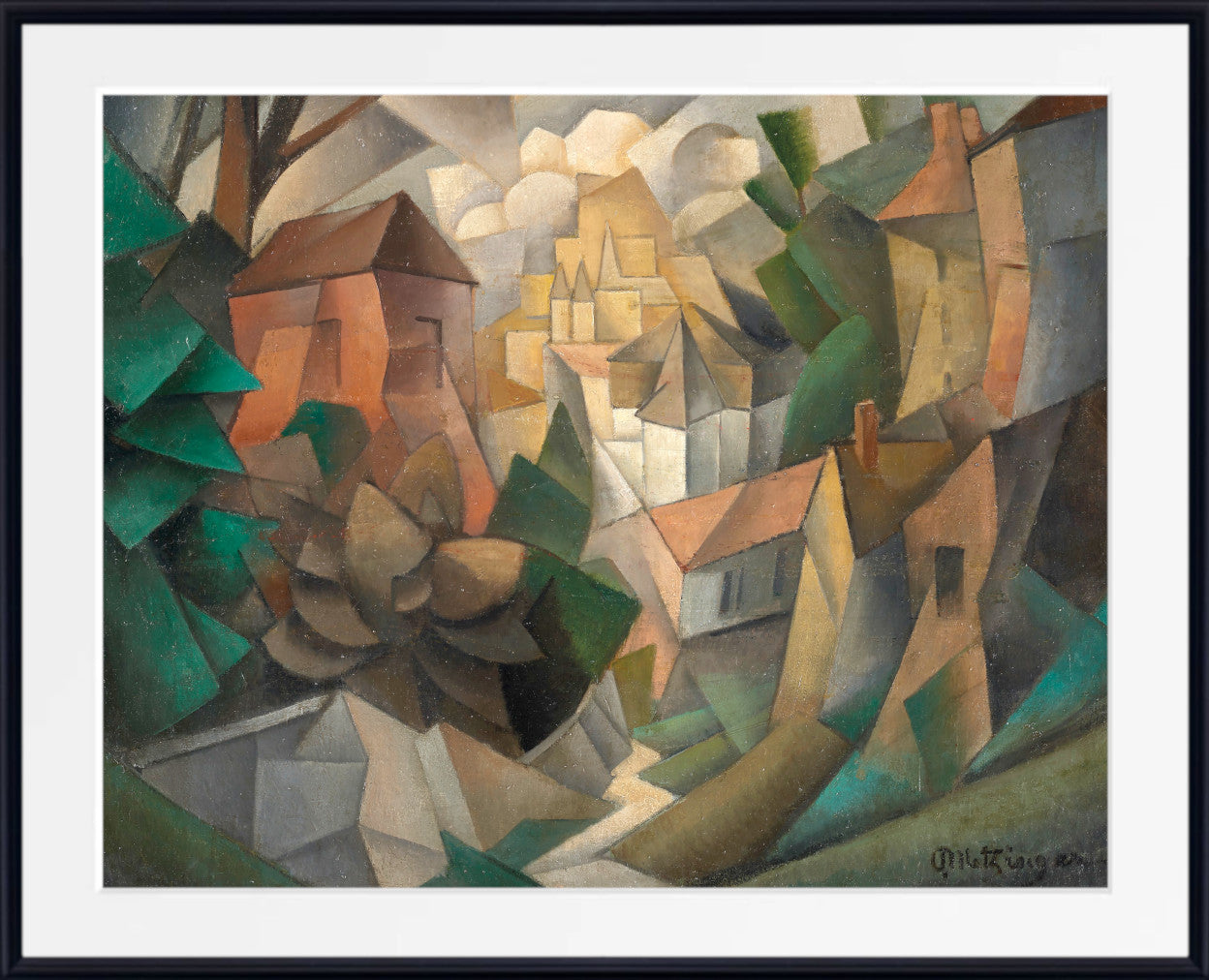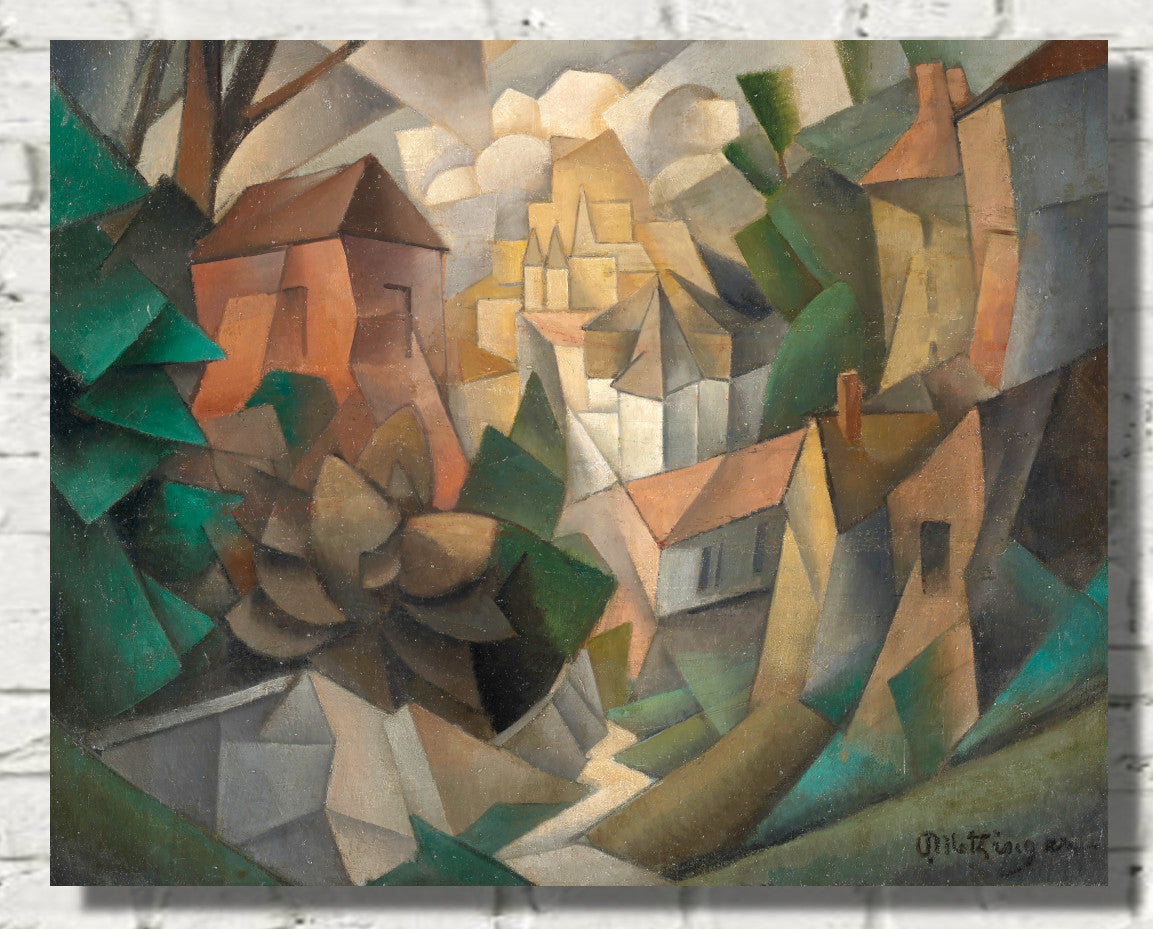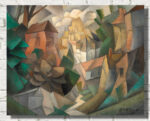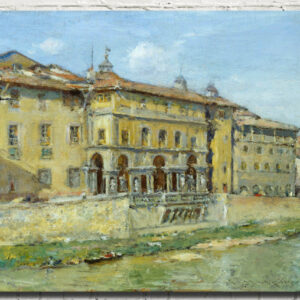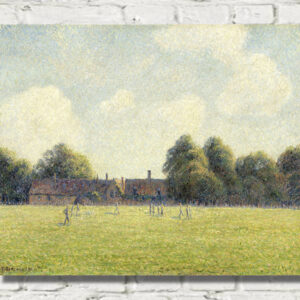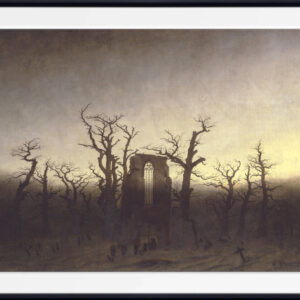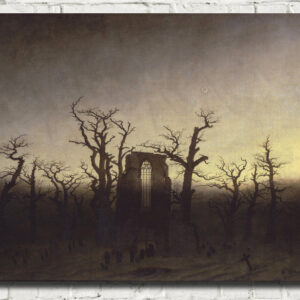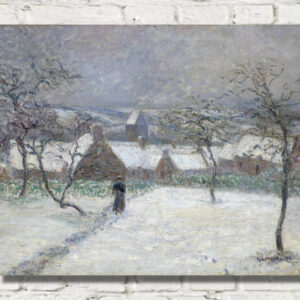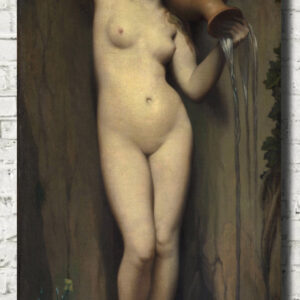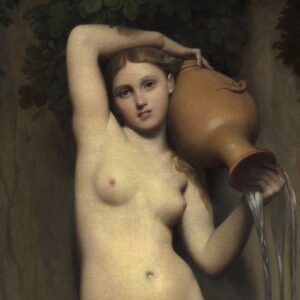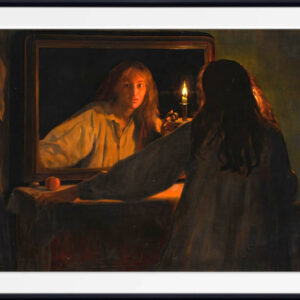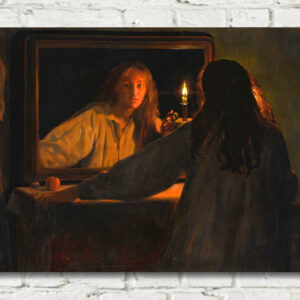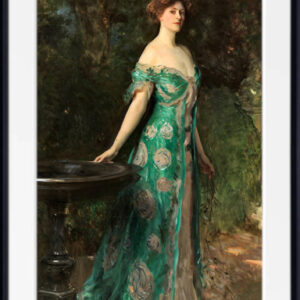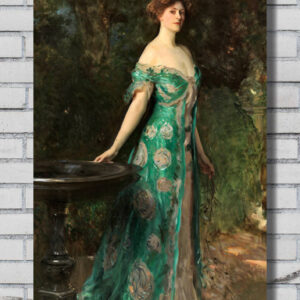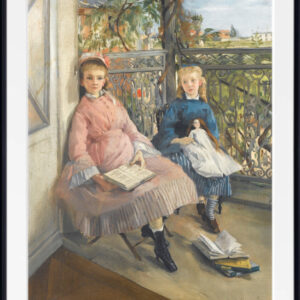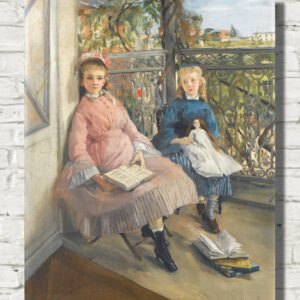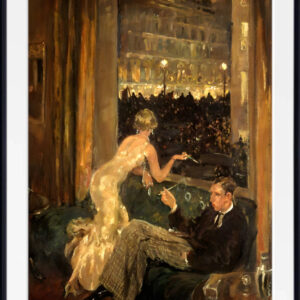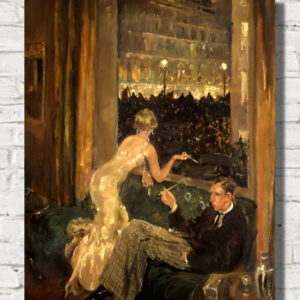Paysage Cubiste, Jean Metzinger
Paysage Cubiste: Jean Metzinger’s Intellectual Triumph in Cubism
In the revolutionary realm of Cubism, Jean Metzinger emerged as a pioneering force, shaping not just art but also the very essence of a movement. While Cubism’s genesis is credited to Picasso and Braque, it was Metzinger who spearheaded the cubist school and crystallized its principles.
In 1911, Metzinger orchestrated a historic exhibition at the Salon des Indépendants, uniting artists like Delaunay, Léger, and Gleizes. This marked the official dawn of Cubism in Paris. Metzinger’s intellectual prowess and artistic vision found expression in “Paysage Cubiste,” a painting that likely graced this inaugural exhibition. His rational approach infused both his art and his writings, as noted by Apollinaire in 1913.
“Paysage Cubiste” exemplifies Metzinger’s mastery. Albert Gleizes, in a 1911 article, hailed Metzinger’s work as a scientific revelation, displaying the result of meticulous research. The painting, a harmonious convergence of houses, trees, terrain, and sky, showcases Metzinger’s deliberate transpositions and classical balance.
Metzinger’s contribution to Cubism extended beyond art; he co-authored “Du Cubisme” in 1912, outlining the philosophical underpinnings of this groundbreaking language. His approach, both scientific and artistic, echoes in “Paysage Cubiste,” immortalizing Metzinger as a visionary whose work continues to inspire and define the very essence of Cubism.
All prints are made using archival art stocks and UV pigment inks to give up to 200 years life. Prints are sold unframed and unmounted.

